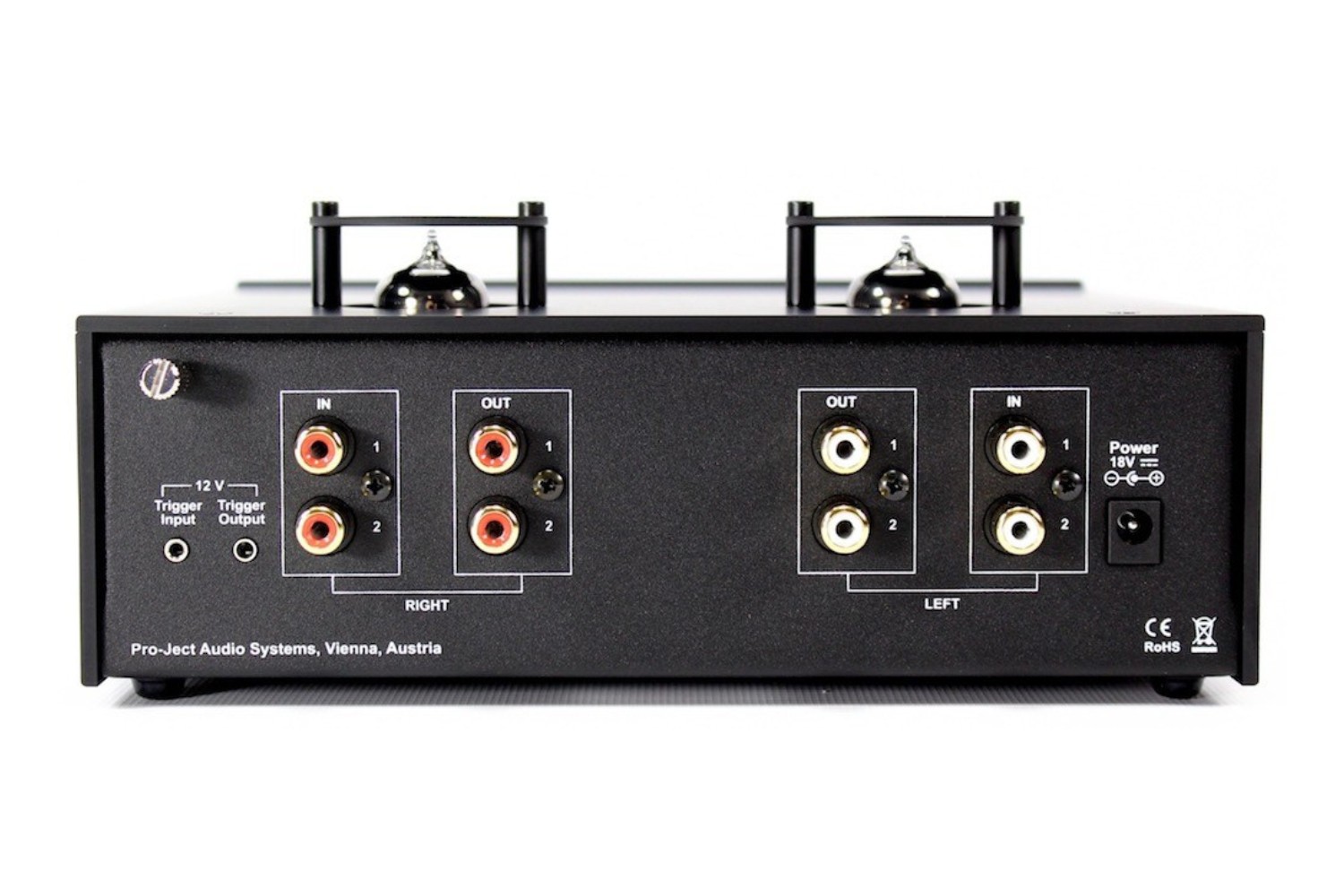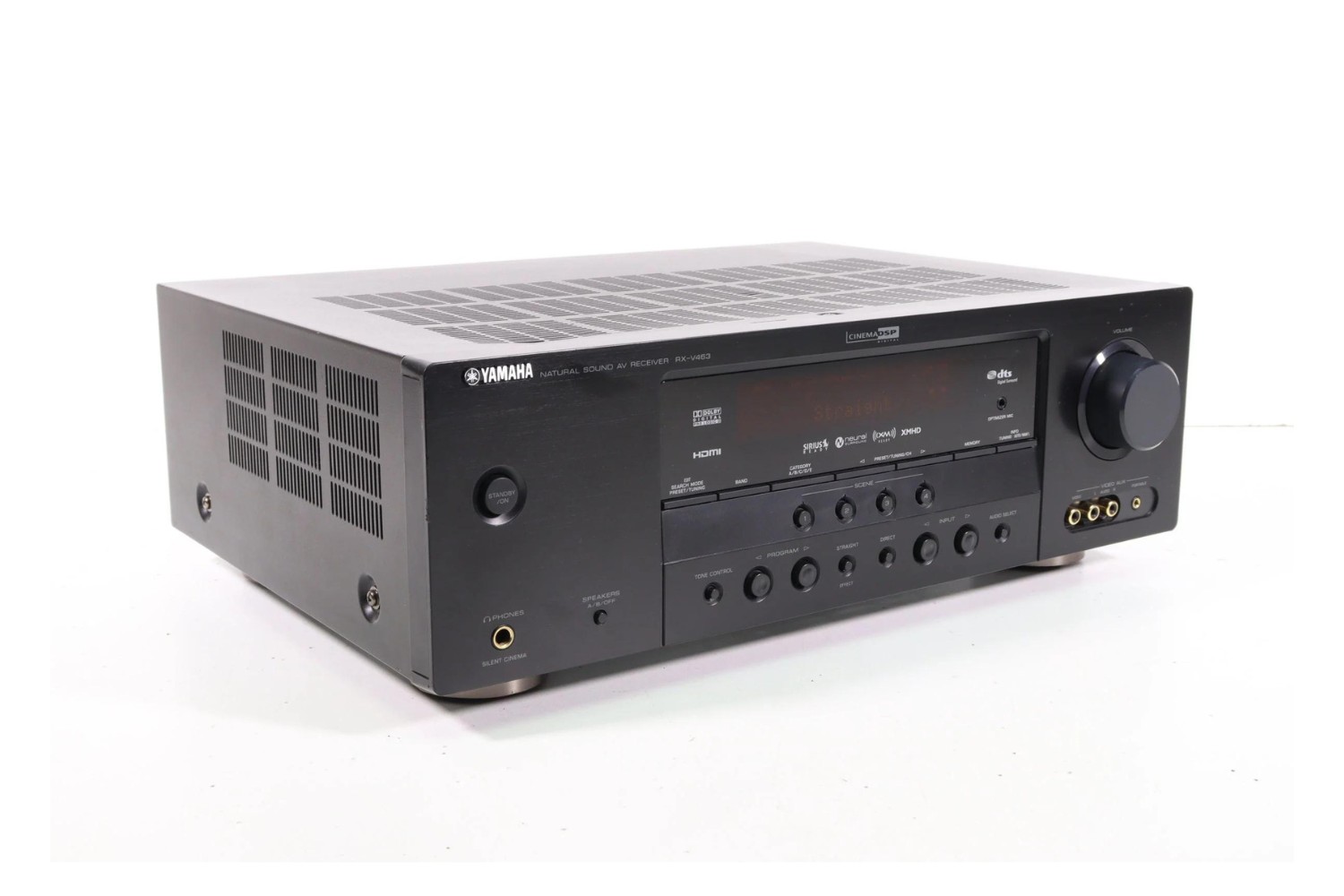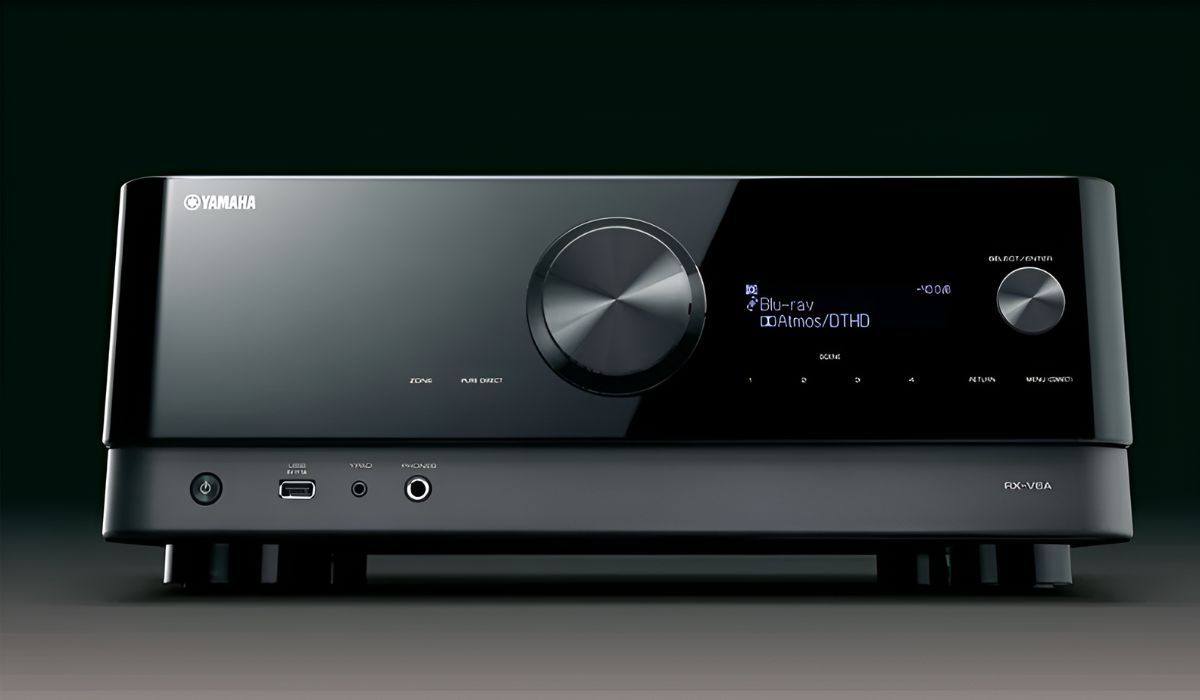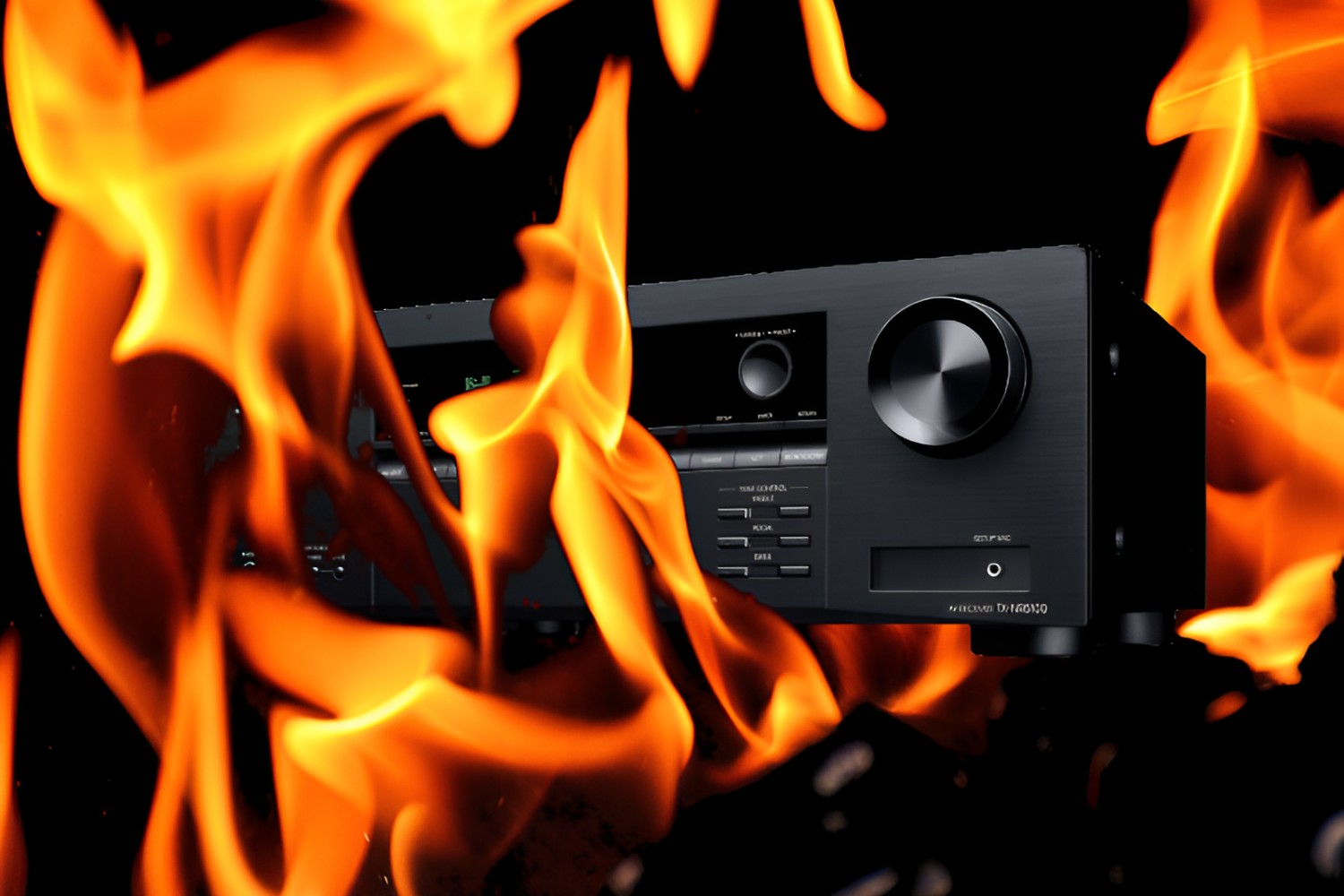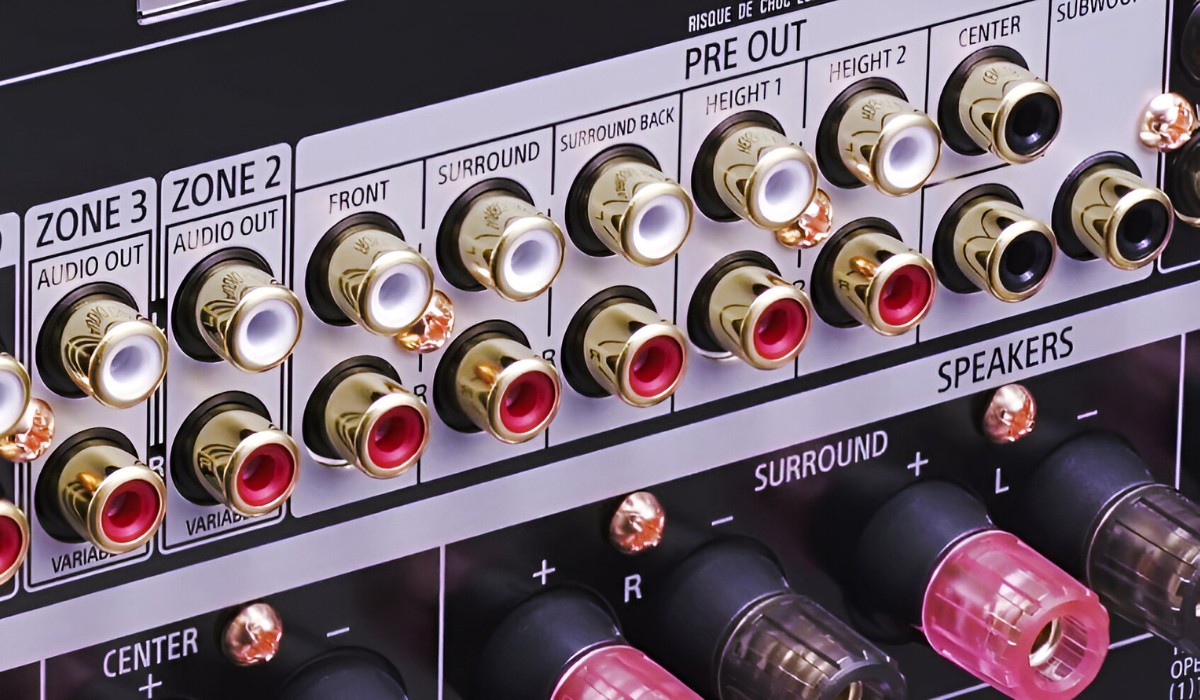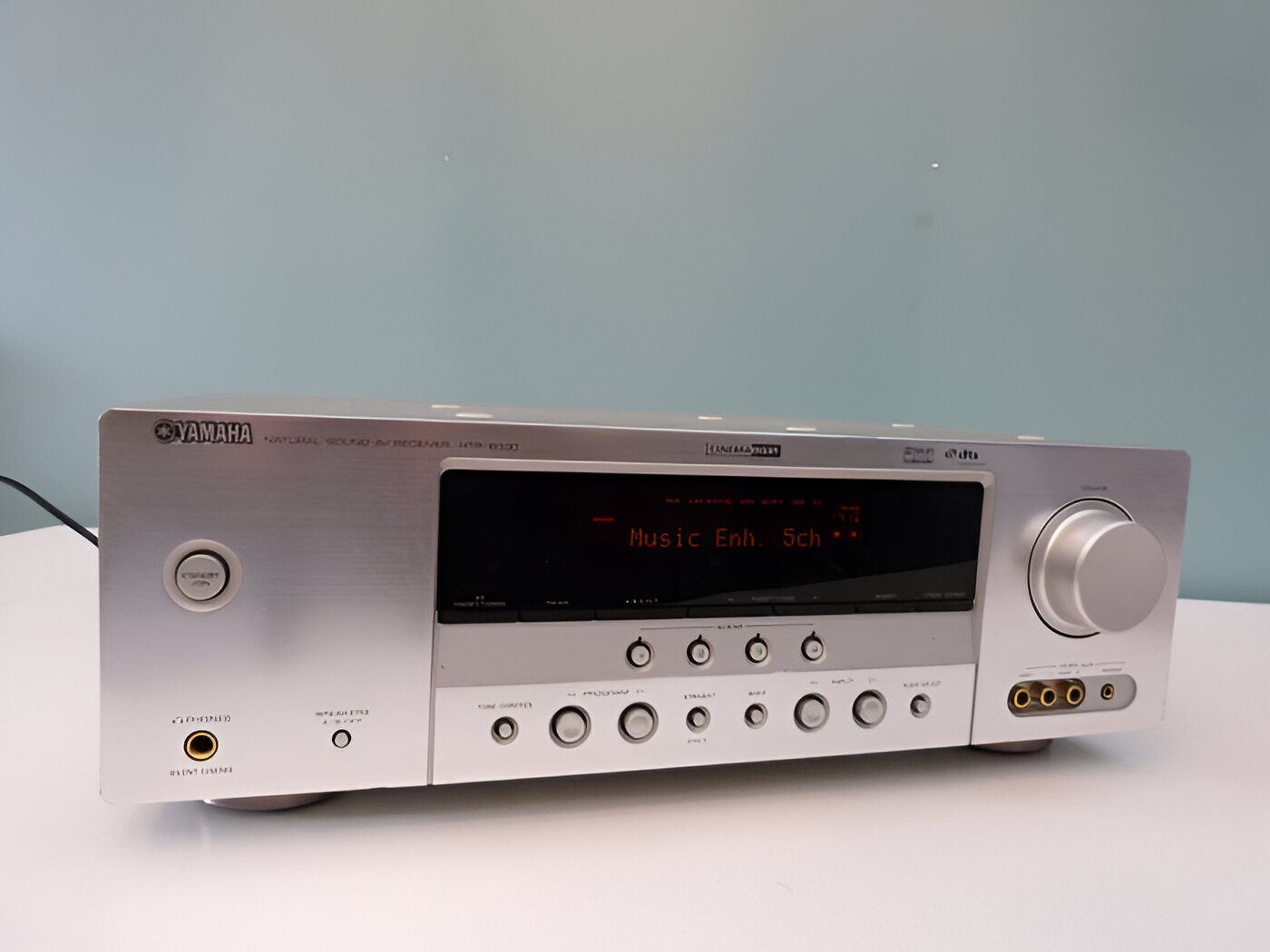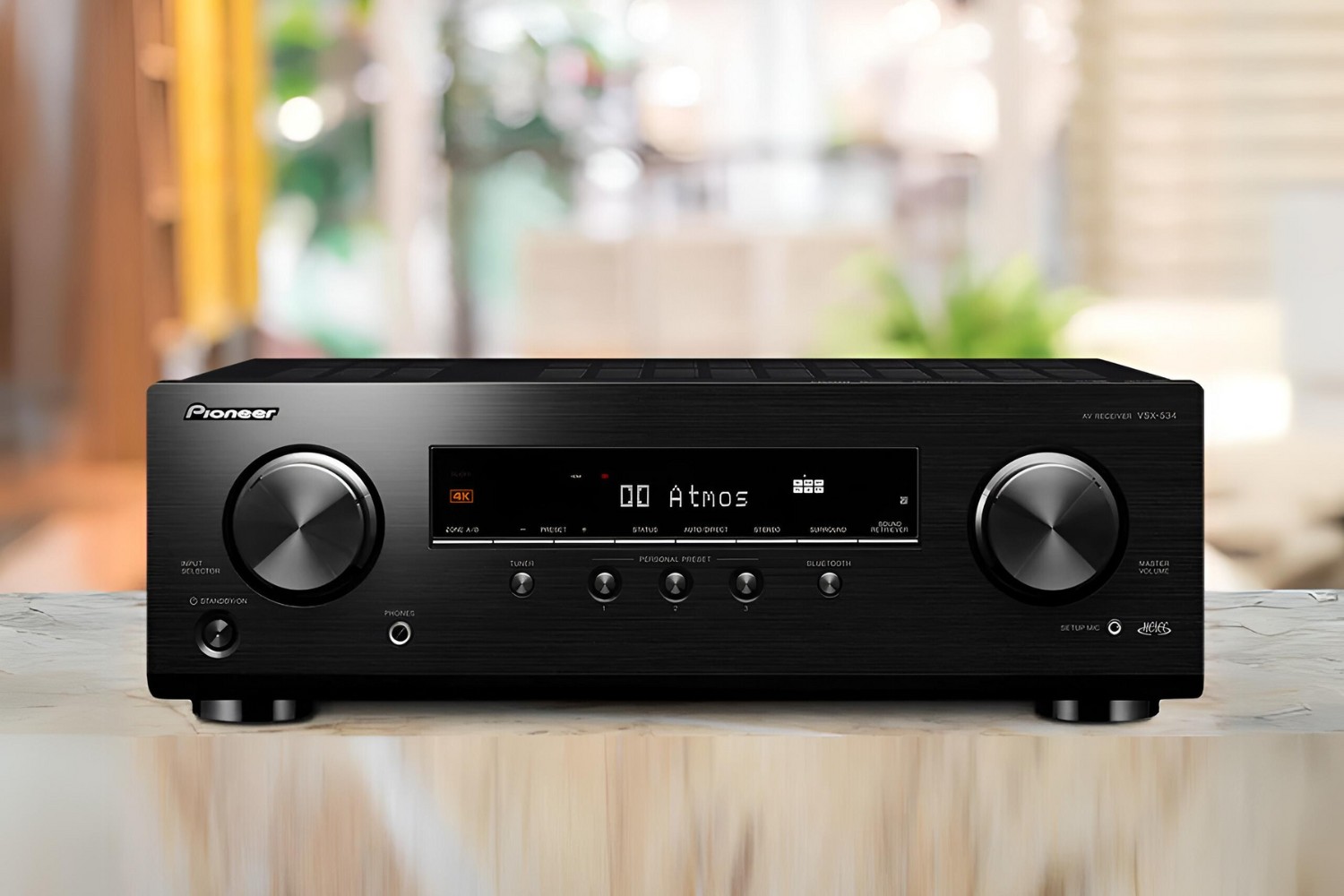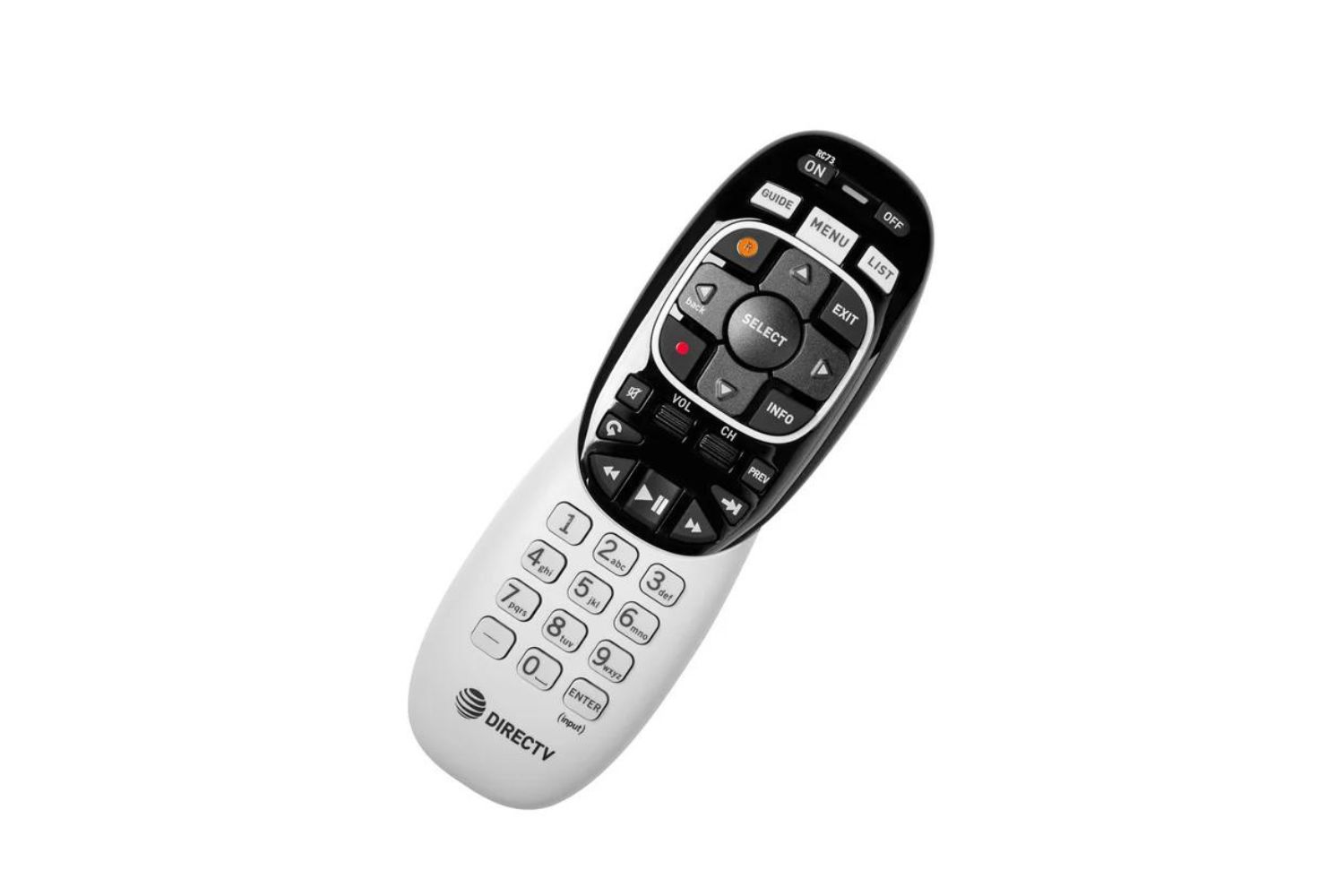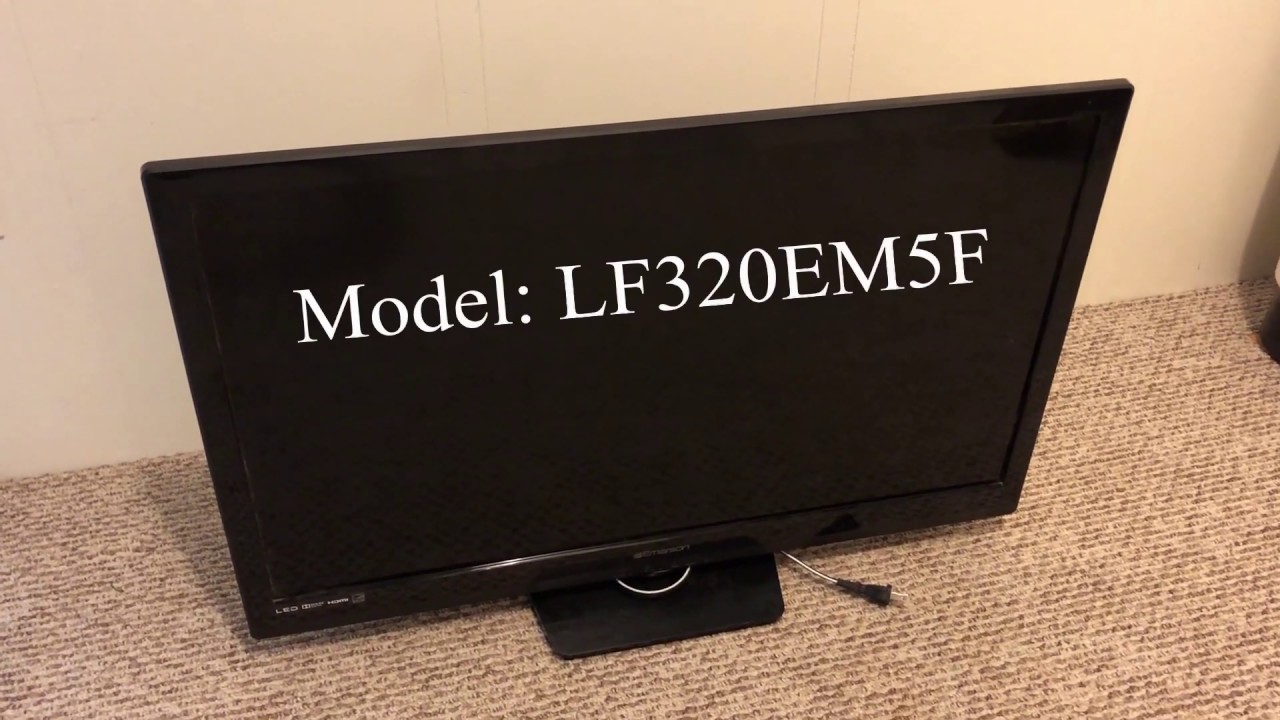What is a Trigger In and Out?
What is a Trigger In and Out?
Understanding the concept of “Trigger In and Out” is essential for anyone looking to optimize the functionality of their AV receiver. These features serve as control ports that enable seamless integration with other audiovisual equipment, allowing for enhanced automation and synchronization of operations. The “Trigger In” and “Trigger Out” connections are commonly found on the back panel of AV receivers, offering a convenient means of triggering specific actions based on external events or commands.
When a device is connected to the “Trigger Out” port of an AV receiver, it can send a signal to trigger the linked device’s functionality. Conversely, the “Trigger In” port allows the AV receiver to receive signals from an external source, initiating specific actions within the receiver itself. This two-way communication capability empowers users to orchestrate a synchronized audiovisual experience with minimal manual intervention.
By comprehending the roles of “Trigger In and Out,” users can harness the full potential of their AV systems, streamlining operations and enhancing overall user experience.
How Does Trigger In and Out Work?
Trigger In and Out functionality operates on the principle of low-voltage signaling, enabling seamless communication between interconnected audiovisual components. When a device is connected to the “Trigger Out” port of the AV receiver, it can send a low-voltage signal to activate the linked device, such as a power amplifier or motorized projection screen. This signal serves as a command, initiating the designated action upon receipt. Conversely, the “Trigger In” port on the AV receiver can receive low-voltage signals from an external source, prompting specific actions within the receiver itself.
Typically, the triggering process involves a simple connection using mono or stereo mini-plug cables, facilitating the transmission of control signals between devices. The low-voltage nature of these signals ensures safe and reliable operation, minimizing the risk of electrical hazards while enabling seamless automation.
Furthermore, the triggering mechanism can be configured to activate various functions, such as powering on/off specific components, switching input sources, or engaging standby modes based on predetermined criteria. This level of customization empowers users to tailor their audiovisual setups to suit their preferences, creating a personalized and efficient entertainment environment.
By understanding the inner workings of Trigger In and Out functionality, users can leverage these control ports to orchestrate a cohesive and synchronized audiovisual experience, enhancing convenience and operational efficiency.
Using Trigger In and Out for Automation
Trigger In and Out ports offer a myriad of automation possibilities, empowering users to streamline their audiovisual setups and create a seamless, integrated environment. By harnessing the capabilities of these control ports, individuals can automate various functions within their AV systems, enhancing convenience and operational efficiency.
One of the primary applications of Trigger In and Out for automation is the synchronization of multiple audiovisual components. For instance, when an AV receiver receives a signal through its “Trigger In” port, it can automatically power on connected devices, such as amplifiers, media players, or projectors, creating a synchronized startup sequence. This automation eliminates the need for manual intervention, ensuring a hassle-free and consistent user experience.
Moreover, Trigger In and Out functionality enables the seamless integration of audiovisual equipment with other smart home devices and control systems. By utilizing these control ports, users can synchronize their AV setups with lighting systems, motorized screens, and other automated features, fostering a cohesive and immersive entertainment environment.
Furthermore, Trigger In and Out automation can be leveraged to optimize power management within the audiovisual ecosystem. When the AV receiver enters standby mode, it can send a signal through its “Trigger Out” port to power off connected devices, conserving energy and promoting eco-friendly practices. This automated power management not only enhances convenience but also contributes to energy efficiency.
Additionally, Trigger In and Out automation facilitates the creation of custom scenarios and presets tailored to specific usage scenarios. Users can program the AV system to execute predefined sequences of actions based on triggers from external devices or user-initiated commands, enhancing the overall user experience and operational fluidity.
By capitalizing on the automation capabilities of Trigger In and Out ports, individuals can elevate their audiovisual experiences, simplifying operation, and enhancing the synergy between various components within their entertainment setups.
Troubleshooting Trigger In and Out Issues
While Trigger In and Out functionality offers immense potential for streamlining audiovisual operations, users may encounter occasional issues that require troubleshooting to ensure seamless performance.
One common challenge is the misalignment of trigger signals, leading to erratic behavior in connected devices. In such instances, it is essential to verify the integrity of the trigger cables and connections, ensuring that they are securely plugged into the designated ports. Additionally, checking the compatibility of trigger voltage levels between interconnected devices is crucial, as mismatched voltage requirements can impede proper signal transmission.
Another prevalent issue involves the incorrect configuration of trigger settings within the AV receiver’s menu. Users should review the receiver’s manual to ascertain the precise steps for enabling and customizing trigger functions, ensuring that the settings align with the requirements of the connected devices. Adjusting trigger delay and sensitivity parameters can also mitigate potential issues related to signal recognition and response.
In some cases, external interference or electromagnetic disturbances may disrupt the transmission of trigger signals, leading to unreliable automation. To address this, users can employ shielded cables and consider repositioning trigger cables away from sources of electromagnetic interference, such as power cables or electronic appliances, to minimize signal degradation.
Furthermore, users should inspect the trigger input and output ports for any physical damage or debris that could impede proper connectivity. Cleaning the ports and ensuring a secure connection can rectify intermittent issues associated with poor contact or signal loss.
If troubleshooting efforts do not resolve the trigger-related issues, consulting the manufacturer’s support resources or seeking assistance from qualified technicians can provide valuable insights and solutions to address more complex or persistent problems.
By adeptly troubleshooting trigger in and out issues, users can optimize the functionality of their AV systems, fostering a reliable and efficient audiovisual environment.







